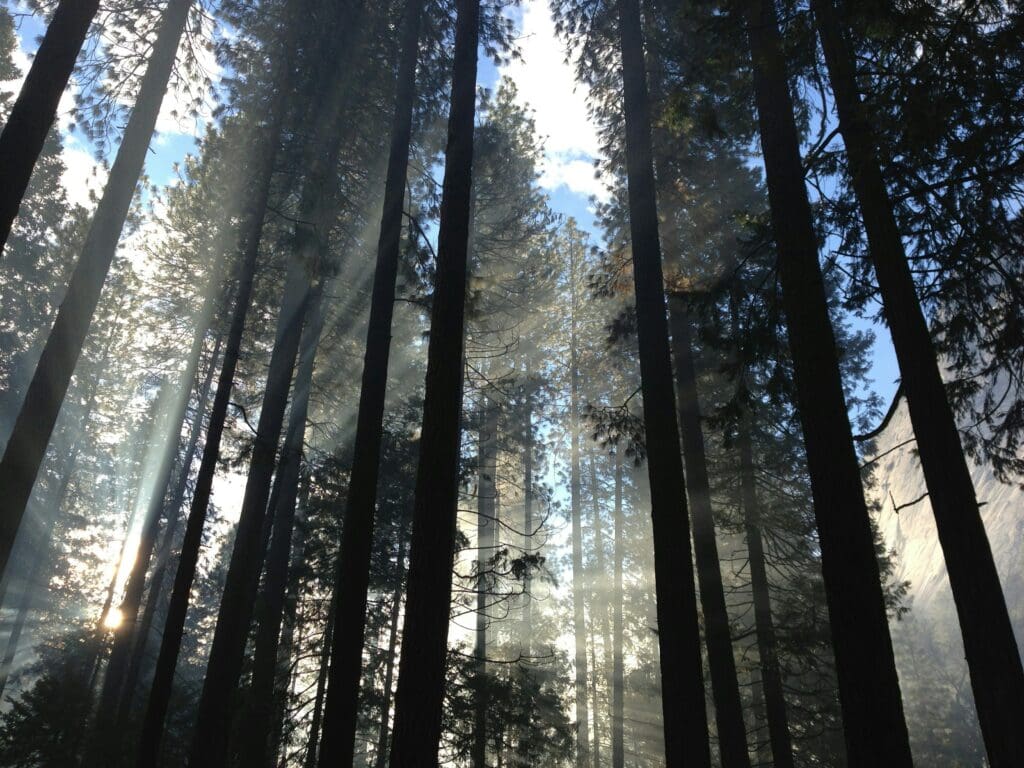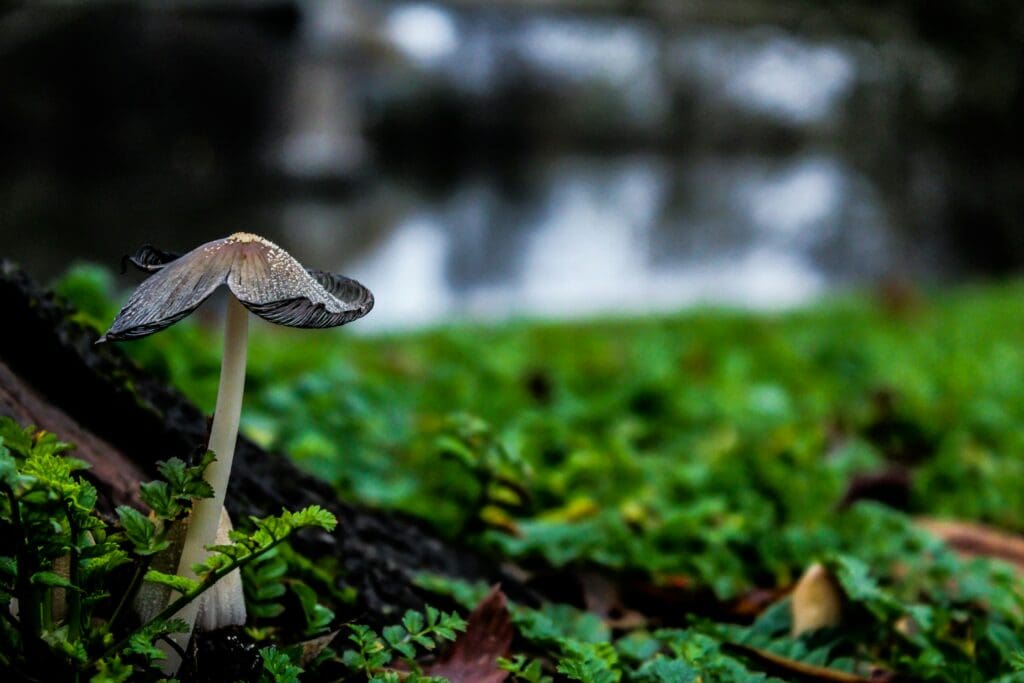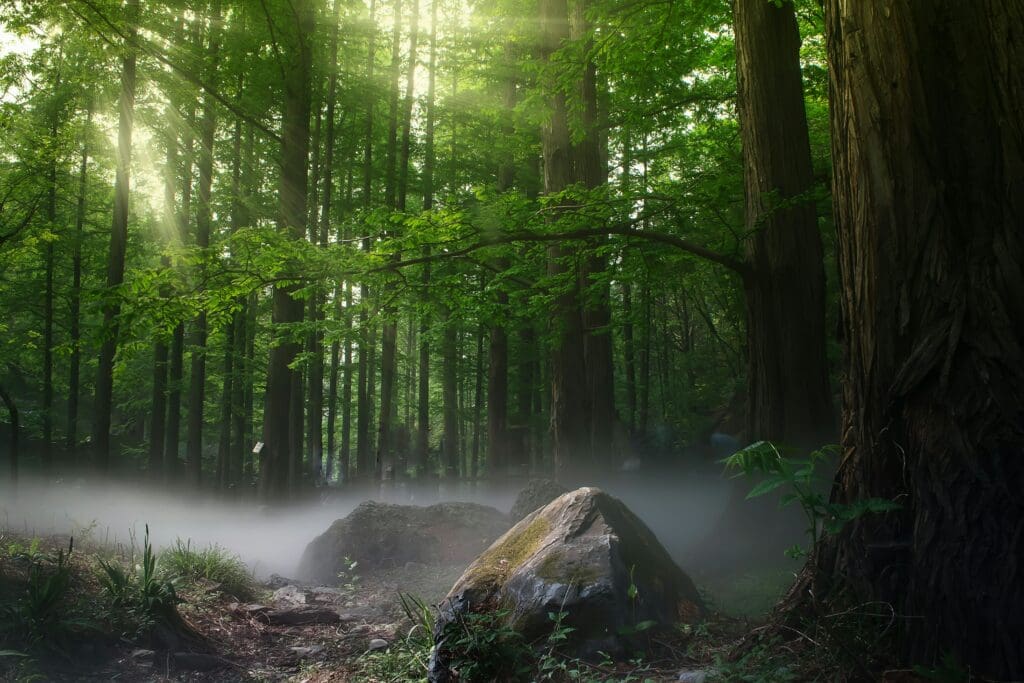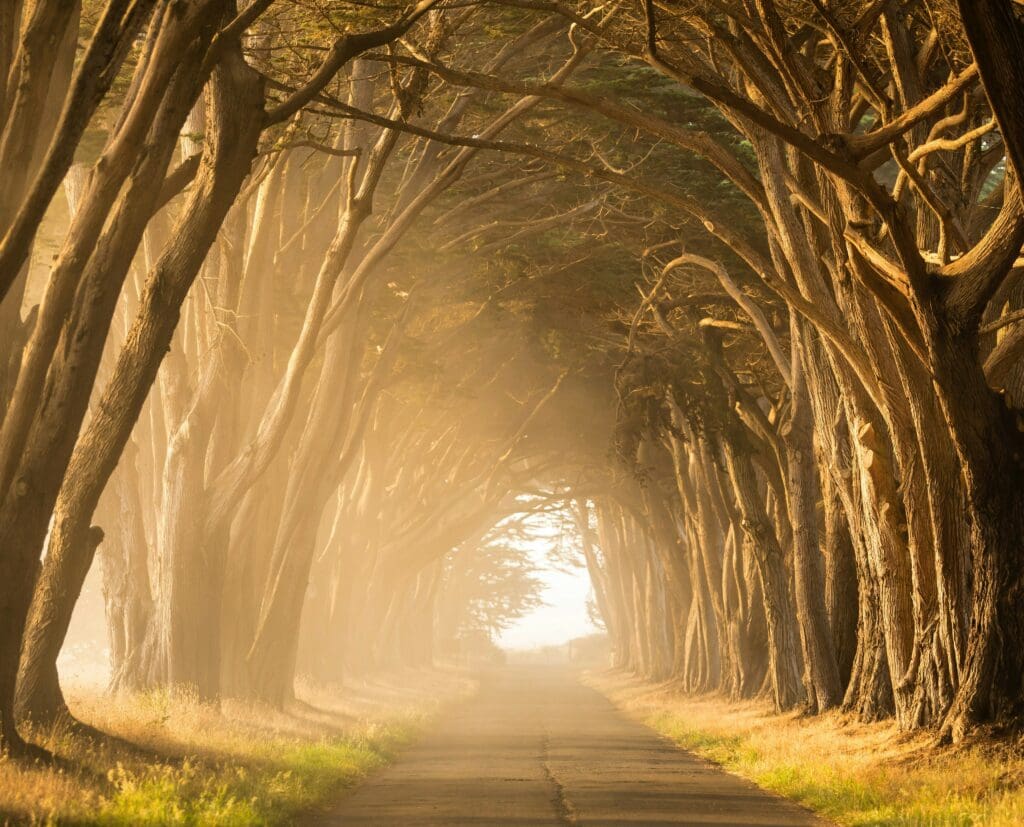Forests are accessible subject matters, easy to encounter in any part of the world, and stunningly beautiful in any season. Even though many photographers prefer a particular time of the day or weather conditions, you can take an amazing forest shot regardless of the exterior conditions (e.g., light intensity, sun rays, fog, autumn colors, etc.). What matters more are the interior conditions, meaning your love for wandering in nature, your willingness to leave behind everything else and give all your attention to the forest around you, and the mindful mindset of appreciating nature’s wonders. In terms of technical and composition skills, here is what you need for forest photography.
Gear for Great Shots of Forests
You can, of course, use any camera to photograph a forest. However, to improve your chances of a good shot, you need a camera body with interchangeable lenses and high image resolutions. Even on sunny days, light intensity may not be what you want. A camera with high performance in low lighting conditions, a wide dynamic range, support for RAW shooting, and a large sensor produces the quality you are after.
In terms of lenses, the popular belief is that you need a wide-angle lens, like for mountain photography. The truth is you may need a broad range of focal lengths. A wide-angle lens is good for environmental shots and emphasizing the trees’ height.

Photo by Mike Petrucci on Unsplash
A standard 50mm lens produces a natural feeling and suits forest photography like a glove. A telephoto lens is good for details and photographing scenery that is far away. A macro lens is ideal for mushroom photography, photographing tiny insects and plants, and capturing amazing details, such as dew, raindrops, and snowflakes.

Photo by Marie-Hélène Rots on Unsplash
If you plan long exposures, bring a tripod. Also, protect your lenses with UV filters.
Camera Settings for Forest Photography
Due to the natural lack of light, forest photography often requires a higher ISO value. Start at 200 and go from there. Wind is another concern. It moves the leaves unnoticeable to the naked eye but is strong enough to blur your photos especially if you use telephoto lenses. Use the Shutter Priority mode to fix a fast shutter speed and let the camera adjust the other settings.

Photo by zhang kaiyv on Unsplash
A wide aperture will give you more light and allow for a faster shutter speed. On the other hand, it will produce a narrow depth of field, which means that only a small part of the scenery will be in focus. For close-ups, that’s fine. For environmental shots, you want a deep depth of field. So, stick to a narrower aperture, even if this means increasing the ISO a little bit more.
Tips for Forest Photography Compositions
You can find plenty of advice on this topic. Getting in location at sunrise and using long exposure to capture the morning mist, photographing the sunset’s glowing amber colors, emphasizing the height of the trees or their foliage, and using branches as leading lines are just some of them. You can try placing the camera at ground level and following forest paths or lying on the ground and looking up. You can stay with your back to the sun or face it and capture sunrays passing through leaves.

Photo by Leo_Visions on Unsplash
However, the main advantage of forest photography is that it has no strict rules. It gives you all the creative freedom you need to tell the story of a particular moment in a particular forest. Compose with your heart is the best advice you can get. Observe what moves you, what catches your attention, what lures you in. And then, compose a frame that conveys your emotion.
Photo by Patrick Hendry on Unsplash
Conclusion
Everyone should try forest photography, regardless of whether you are a beginner or professional, your preferred photographic genre, and your gear. Just wander around in a forest nearby and let it speak to you. It’s good practice to improve your storytelling skills and healthy food for the soul. No wonder the Japanese think forest walking is a form of therapy.
Cover photo by Ricardo Gomez Angel on Unsplash

